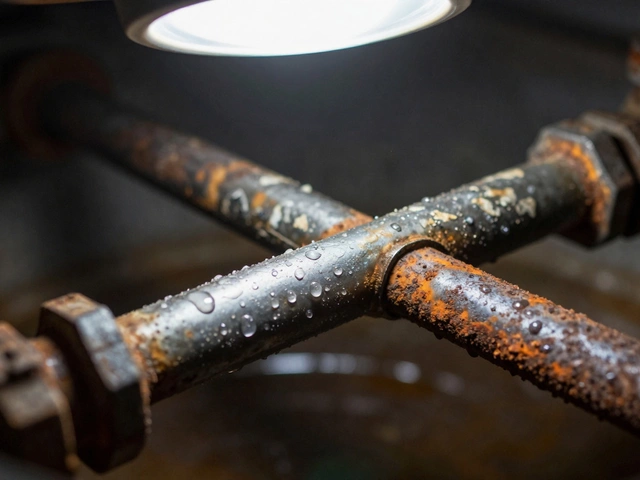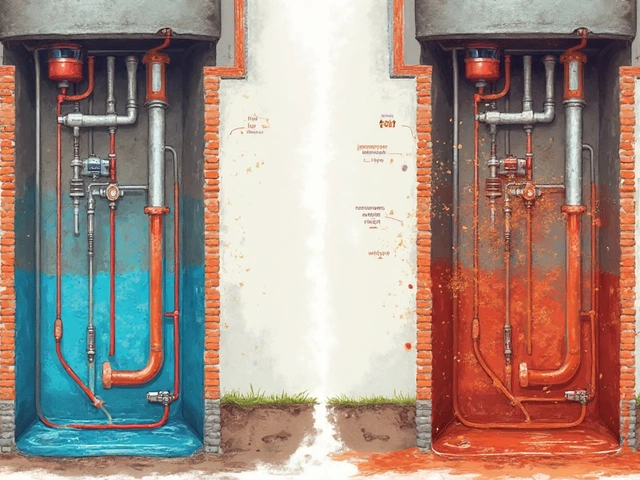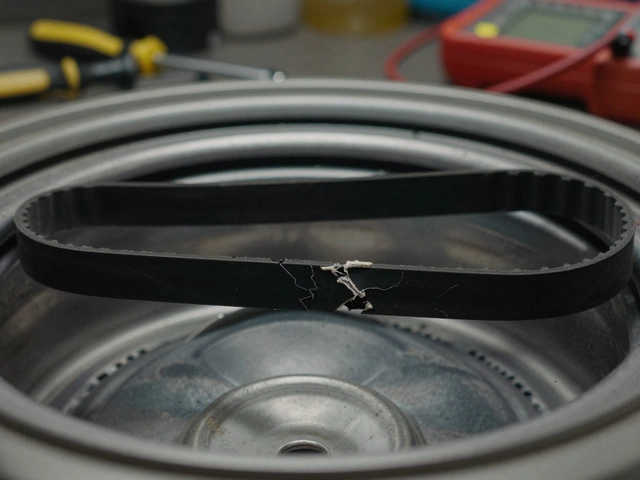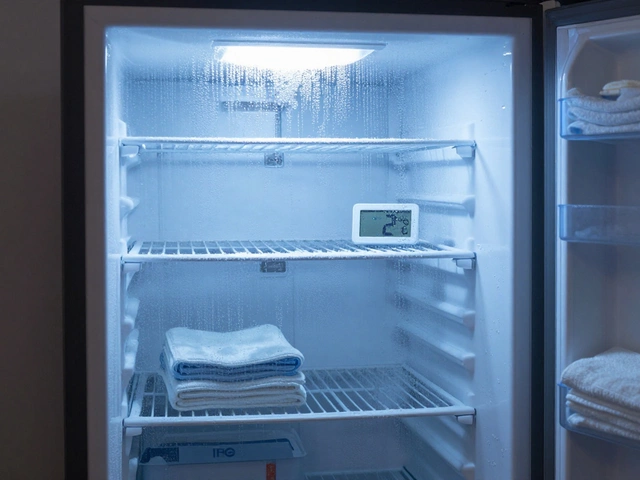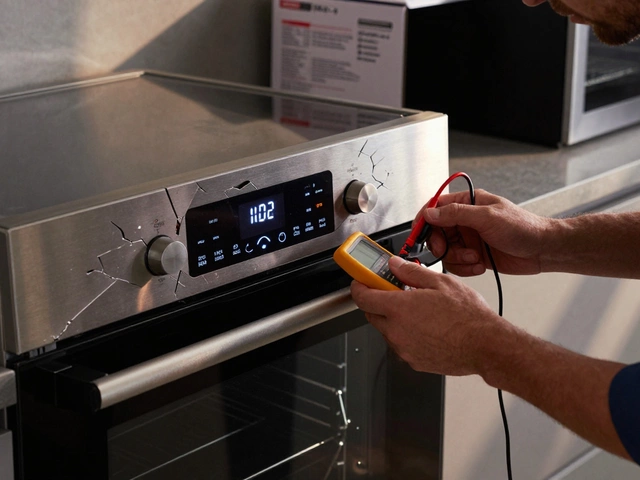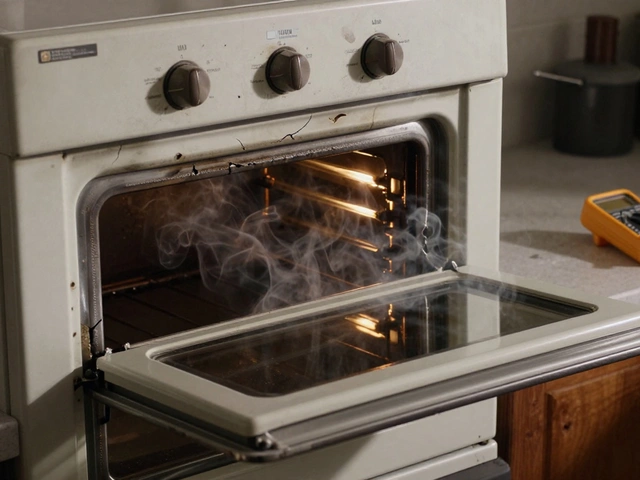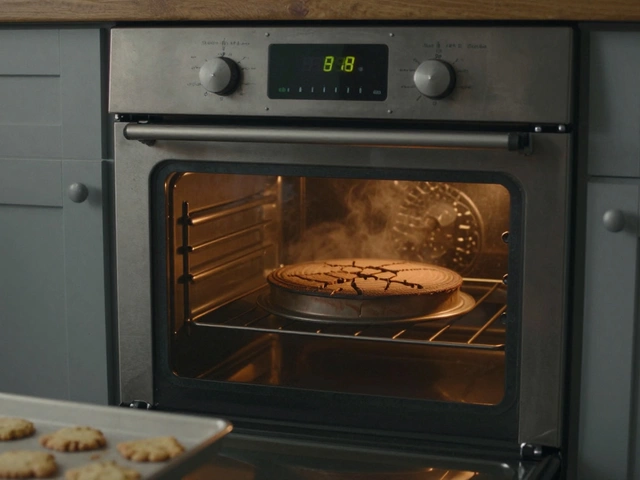If you’ve ever shuffled into the bathroom expecting a hot shower and got iced instead, you know the pain. There’s a simple culprit people forget—the reset button on your hot water heater. It’s often called the “high limit switch” and it's there to keep things safe, not ruin your morning.
Here’s the thing: this button pops out when your water heater thinks something’s wrong. It’s like the bouncer at a club who kicks everyone out the moment trouble starts. Usually, the underlying cause is overheating, which can stem from thermostat errors, a broken heating element, or even some loose wiring. Believe it or not, a power surge from a storm can also send your heater into lockdown mode.
Most people just smack the reset button and hope for the best. The truth? If it trips once, okay. If it keeps happening, your heater is sounding an alarm for a good reason (and no, it’s not just overreacting). Ignoring it could mean wasted money, or worse, a safety hazard.
- What the Reset Button Actually Does
- Common Triggers: Why Your Heater Shuts Down
- Spotting Real Danger Versus Annoying Quirks
- Quick Fixes and When to Call a Pro
What the Reset Button Actually Does
Let’s get clear on what this little button really handles. The hot water heater reset button is like an emergency off switch. It’s officially called the high limit switch, and it exists to stop things from getting dangerous fast—mainly by cutting the power if the water inside the tank gets hotter than it should. That means your tank won’t overheat, which is important because water heaters have a bad history of causing accidents when ignored.
If your water heater is working right, the thermostats keep the water at a set temperature (usually around 120°F to 140°F). But sometimes the thermostat sticks or fails. When that happens, the heating element keeps running, and the water temp creeps up past safe levels. The reset button steps in and kills the power. It doesn’t fix the cause, but it does stop your tank from bursting or your wiring from frying—stuff nobody wants.
Here's what happens step-by-step when things go wrong:
- The thermostat gets stuck or signals the elements to stay on.
- The water temperature shoots up over the safety limit (usually 180°F or so).
- The hot water heater reset button senses the danger and clicks off, cutting power to the heating element.
- You’re left with a cold tank and an annoying problem, but at least nothing's melting or sparking.
You can usually spot this button behind a small panel on your heater—just look for a red or sometimes black button. Pressing it resets the system, but remember, it doesn’t solve the original problem. If it trips again soon after, something inside seriously needs your attention.
Common Triggers: Why Your Heater Shuts Down
Every hot water heater out there is designed with safety in mind, but a few usual suspects are behind most shutdowns. The high limit switch (aka the reset button) kicks in when something’s just not right. So, what actually sets it off?
The biggest trigger is the thermostat. When it malfunctions, it might not sense water temperature correctly and lets things get dangerously hot. Once the water gets hotter than around 180°F (82°C), the reset button takes over, shutting everything down before things get risky. Bad thermostats are super common in older electric units, and if you notice your water is either freezing cold or way too hot, the thermostat is probably guilty.
Next up: faulty or burning out heating elements. Sometimes, mineral buildup—or flat-out old age—makes them work overtime and overheat. That buildup comes from hard water, which is a headache for a lot of folks across the U.S. In some states, like Texas and Arizona, homeowners have to replace elements sooner just because the water is loaded with minerals. A fried heating element causes the water to overheat quick, tripping the reset button.
Wiring and electrical problems are sneakier but just as common. Loose wires or connections, or corrosion in the breaker box, can cause sudden spikes in power. Even small surges (the kind you wouldn’t notice) can be enough to trip that safety switch. If you live in an area where power outages and lightning are the norm, use a surge protector or get the wiring checked regularly. Here’s a quick snapshot of potential trouble spots:
| Problem | How it Trips the Reset Button |
|---|---|
| Bad Thermostat | Let’s water overheat, triggers shutdown |
| Faulty Heating Element | Draws excess power, overheats tank |
| Loose Wiring | Sparks or surges, resets the safety |
| Power Surge | Spike trips the high limit switch |
Whatever’s behind it, a hot water heater reset event always has a cause. If it’s a one-time thing after a blackout, don’t stress. If you’re pressing that red button more than once a month, your heater’s telling you there’s a real problem brewing.
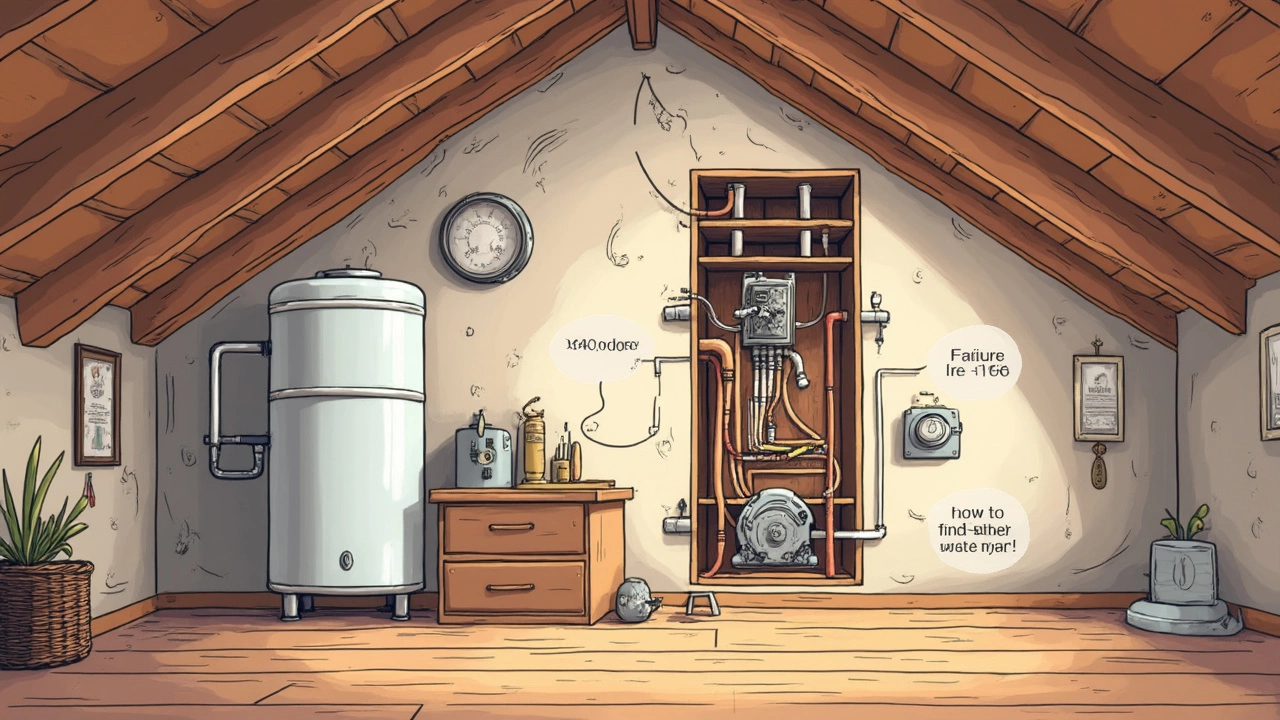
Spotting Real Danger Versus Annoying Quirks
So, the reset button’s popped. Is it a legit emergency or just a random hiccup? If you push the button and the water heater gets back to work with no weird smells, noises, or leaks—and it doesn’t trip again for months—you’re probably dealing with a minor power surge or a fluke. These one-offs usually aren’t a reason to panic.
But repeat tripping is a big red flag. If that button keeps popping every day or week, something’s up that needs attention. Here are a few signs you’re dealing with real trouble, not just a minor annoyance:
- Water around the base means you might have a leaking tank or busted heating element.
- Scorch marks or a burning smell signal wiring or thermostat issues—this is a serious safety risk.
- Strange popping or sizzling noises often point to mineral buildup or a failing element.
- If the heater won't stay on even after resetting, the high limit switch could be worn out or there’s a deeper electrical problem.
Little quirks do happen. Sometimes heaters are touchy about power fluctuations, especially in older homes with unpredictable wiring. But if you smell anything funny, see scorch marks, or get tripped-up by that button over and over, shut everything off and call a pro. Water and electricity do not mix, and the risk isn’t worth ignoring.
According to a 2023 industry review, home electrical faults (including wiring issues in major appliances like water heaters) cause about 51,000 residential fires in the U.S. each year. It’s smarter to check things out early than cross your fingers and hope.
If you’re only battling lukewarm showers and the hot water heater reset button is your main issue, start with these basic checks: make sure the thermostat’s set right, confirm there’s no water around the unit, and peek for any obvious frayed wires. Anything outside those basics? Time to tag in someone who sees this stuff daily.
Quick Fixes and When to Call a Pro
So the reset button popped and you’re staring at a dead water heater. Before you panic, some fixes are totally doable if you’re careful. But sometimes, a pro is the way to go. How do you know the difference?
First, try a basic reset. Power down the heater by switching off the circuit breaker, then open the access panel—usually you’ll see a red button. Press it firmly until you hear a click. Restore power and wait about 30 minutes to see if you get hot water. If this solves it and the problem doesn’t come back, you’re good for now.
- Check for tripped circuit breakers—flip them off and on again.
- Look for charred or melted insulation (if you see any, stop and call a pro right away).
- Make sure the thermostat is set between 120 and 140°F. Higher settings can trigger the reset switch.
- If you know how, tighten any loose electrical connections, but only after turning off the power. Electricity and water are a bad mix.
If you find that the hot water heater reset switch keeps tripping, don’t keep pushing your luck. This usually means you’ve got a stubborn heating element, a stuck thermostat, or a wiring problem that could turn dangerous. In some cases, replacing a heating element or thermostat isn’t rocket science, but if you’re not comfortable with electrical work, skip the DIY videos and call in an expert.
About 20% of water heater failures come from electrical faults or overheating issues, according to home insurance data. A table below gives a quick look at the most common causes:
| Reason for Reset Tripping | Safe to DIY? |
|---|---|
| Power Surge | Yes (Reset Only) |
| Broken Thermostat | Maybe (If Experienced) |
| Burnt Wiring | No (Call a Pro) |
| Failed Heating Element | Maybe (If Comfortable with Electricity) |
| Leaky Tank | No (Call a Pro) |
If your water heater is more than 8-10 years old and keeps acting up, it’s probably time to bring in a professional or even think about a new unit. Bottom line: One reset per year is normal. More than that, and you’re pushing your luck. Safety first, always.



